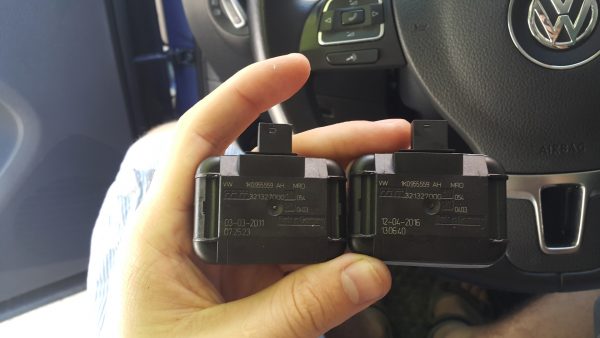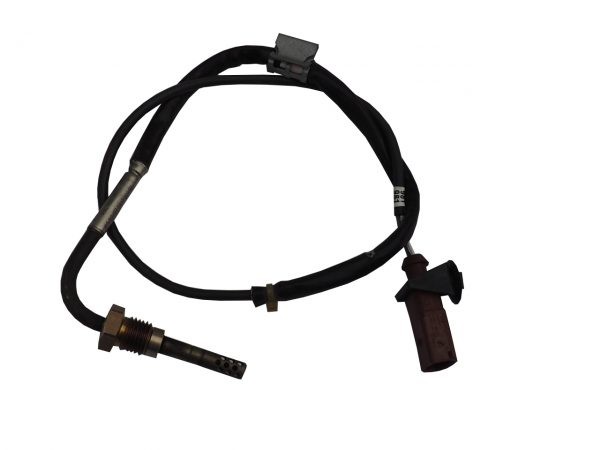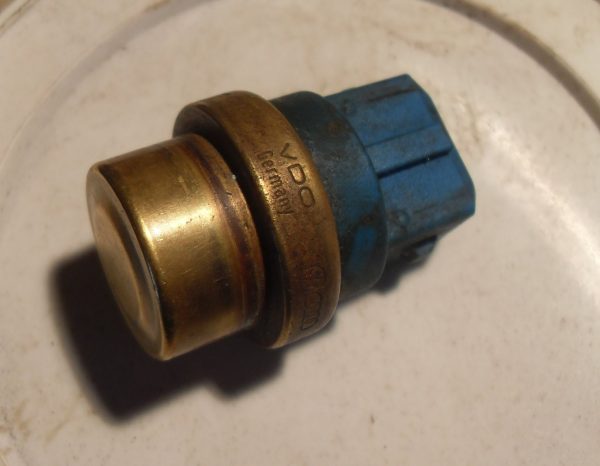
Overview of the main sensors Volkswagen Tiguan
Content
Sensors are electronic or electromagnetic devices that are now being introduced into all automatic systems and equipment. By the way, there are also many different sensors in Volkswagen Tiguan cars, and each of them serves a specific purpose.
Overview of the main sensors for the Volkswagen Tiguan
Like all modern cars, the Volkswagen Tiguan also relies heavily on the readings of electronic devices and sensors. It is worth noting that the introduction of sensors into various control and safety systems made the life of drivers more convenient: there is no need to climb under the hood yourself, since the “smart device” will itself report any faults if they suddenly arise.
The latest version of the Tiguan is literally "crammed" with all sorts of sensors and tracking devices, but we will tell you about the main ones.

Rain sensor
Rain sensors in Volkswagen cars have appeared relatively recently, and today they are installed only on top-end Tiguan equipment. The essence of the sensor is as simple as possible: the device determines the intensity of precipitation and regulates the operation of the wipers. That is, the harder it rains, the faster the wipers on the windshield work.
It is worth noting the fact that many drivers of modern cars complain about the "inadequate" behavior of the rain sensor: it can react not only to rain, but to strong winds or other influences and start the wipers when there is no need.

On the Volkswagen Tiguan, the rain sensor reacts exclusively to the presence of precipitation, and therefore works quite correctly. On the steering column switch there is a slider "A", with which the driver can adjust the intensity of the wipers. That is, the sensor turns on the wipers, detecting precipitation, and the driver controls the intensity of their work directly from the passenger compartment.
On the one hand, it is easier to control the wipers, but on the other hand, if the weather changes quickly, then the “A” slider has to be turned every now and then to change the speed of the wipers. But the sensor only reacts to precipitation and does not bother the driver for no reason.
The rain sensor on the Volkswagen Tiguan is located directly on the windshield from the outside.

Tire pressure sensor
Like many other modern cars, the Volkswagen Tiguan also has a new tire pressure drop monitoring system. Depending on the configuration and year of manufacture, one of two modifications of this system can be installed on the Tiguan:
- Integrated with ABS. In this case, there are no sensors as such, the ABS system, using standard equipment, determines the degree of air compression in the tires and, in case of problems, displays the data on the display in the cabin.
- Separate tire pressure sensors that are built into the nipple. The sensors react more clearly to current changes, so the driver receives timely information about the tire pressure. However, due to the change of winter / summer tires, often the nipple, and with it the sensor, can be damaged, so you have to buy new control devices.

Oil pressure sensor
The oil pressure sensor in any car performs a very important function. Initially, it is the engine that is considered the "heart" of the car, so even a novice in driving knows that the engine mechanisms work in constant friction. Accordingly, the supply of lubricating fluid to rubbing parts is the key to the successful operation of the motor and its longevity.
The oil pressure in the lubrication system can change under various circumstances: the driver, while driving, does not always feel changes in the operation of the power unit. However, if the motor does not have enough oil, the moving parts wear out quickly and eventually "wedged" together.

The task of the oil pressure sensor is to warn the driver in a timely manner that the engine does not receive the amount of lubrication it needs. An oil lamp on the dashboard lights up and a sharp beep sounds.
Experts advise drivers to immediately stop, turn off the engine and check the oil level when the oil pressure icon is displayed. Most often, the sensor is triggered due to a lack of oil in the system.
The device is directly embedded in the engine housing. The sensor is located on the right side above the pulley.

Air temperature sensor (ambient)
On a Volkswagen Tiguan, the air temperature sensor is located on the right passenger side under the fog lights. If you open the block of turn signals and sidelights, then the sensor can be easily seen: it has the shape of a cylinder with latches.
Accordingly, if the instrument panel displays incorrect data on the air temperature "overboard", then the sensor either broke, or fell out of the socket, or one of the latches moved away. Yandex
You can change the air temperature sensor yourself: there is nothing complicated in this procedure.

Coolant temperature sensor
Volkswagen Tiguan boasts excellent performance of the entire cooling system. At the same time, the designers paid special attention to controlling the cooling of the motor, and therefore the antifreeze temperature sensor has an accurate measurement scale.
Thanks to this, the driver learns in a timely manner about all changes in the cooling system and will be able to take action in time with any nuances in its operation.

The device itself is mounted at the outlet of the radiator, and this location helps to obtain the most objective information about the heating of antifreeze. When critical heating levels are reached, the sensor transmits a sound signal to the dashboard in the car.
Thus, the sensors in the Volkswagen Tiguan help the driver respond in time to certain changes in the operation of important systems. It is worth noting that the design of sensors usually does not imply repair, therefore, in case of wear or breakdown, it is necessary to buy a new device.

